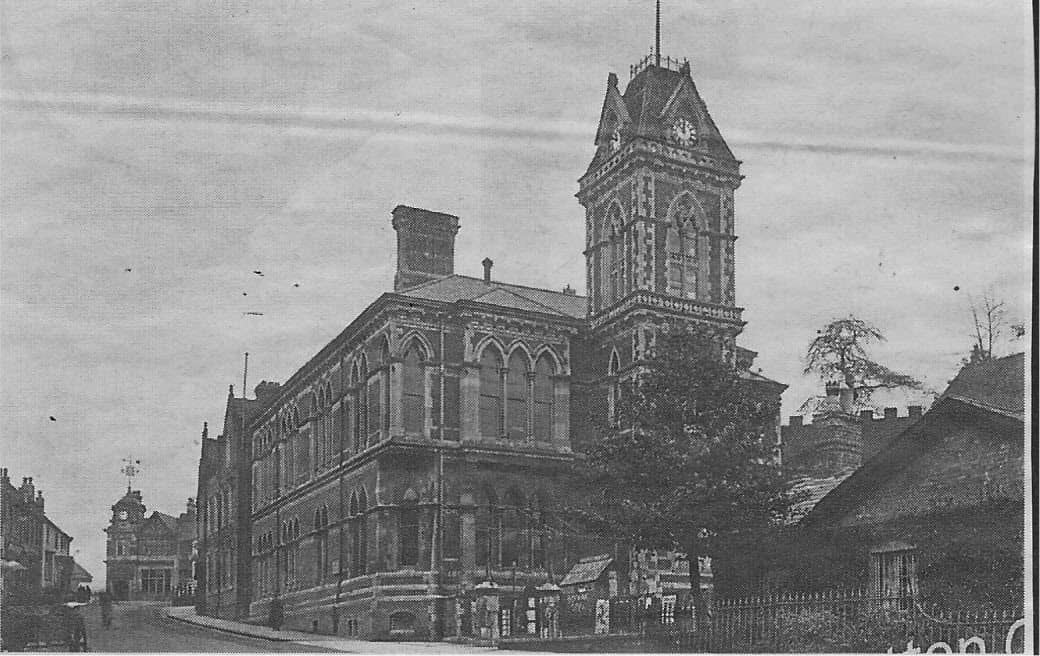
'Dr Livingstone, I presume?', is one of most famous questions in history.
It even became a song title for the Moody Blues! The question was asked when H.M. Stanley met David Livingstone at Ujiji on the shores of Lake Tanganyika in November 1871.
Livingstone was a Scottish physician who achieved fame as a missionary and explorer and who spent much of his adult life in Africa. He began a journey in 1866 to find the source of the Nile, but this was hampered by illness, theft and regional wars. By 1868 his whereabouts were unclear.
H.M. Stanley was a journalist hired by the New York Herald to 'find Livingstone'. He recorded how he did so in his admiring How I Found Livingstone (1872). The book was a best-seller, though Florence Nightingale described it as 'the worst book on the very best subject I ever saw in my life.'
The two men remained together for several months before Livingstone again set out on his quest. It was to kill him. Livingstone died in Chitambo in April 1873. His heart was buried there, but his body was embalmed and eventually interred in Westminster Abbey. Stanley hoped he might be buried alongside him, but, when he died in 1904, permission was refused.
What has this got to do with Sutton .Coldfield you may well ask? The answer is that H.M. Stanley himself came to the town on 8 November 1886 to give a lecture about his travels in Africa.
He was invited by the Sutton Coldfield Institute which had been arranging lectures, readings and musical entertainment at the town hall since the early 1850s. At that time the town hall was located on Mill Street - the building is now in the care of the Freemasons.
Stanley was a famous man - shortly before his arrival in Sutton he had given a lecture at the Albert Hall- and was accorded the honour of being escorted onto the stage by the mayor, J.B. Stone. Unsurprisingly, he addressed 'an overflowing and enthusiastic audience.' He began with 'a touching recital of the circumstances attending the last march of Livingstone' and referred to the telegram he had received which informed him of Livingstone's death. He then went on to describe his own 'grand' discoveries and the civilising consequences of his travels - he oversaw the building of many roads in the Congo. At the end, he received a standing ovation.
When the lecture was over, J.B. Stone was on hand to introduce Stanley to any Suttonians who wanted to meet him.
Stephen Roberts' Glimpses into Sutton's Part I 1800-1850 and Part II 1851-1885 are available from Amazon.
Associate Professor
Stephen Roberts